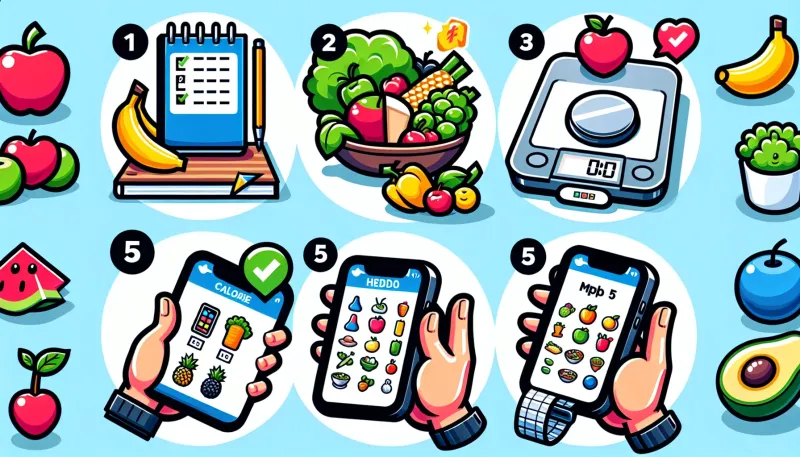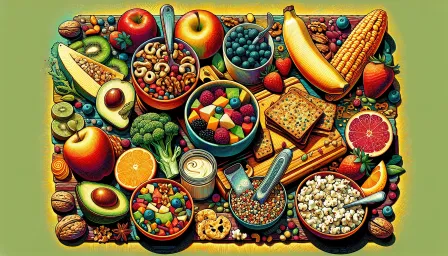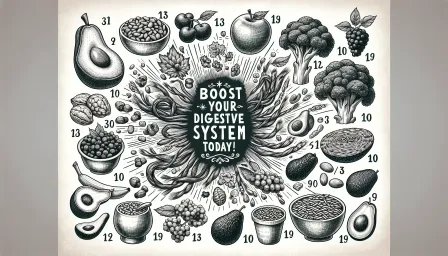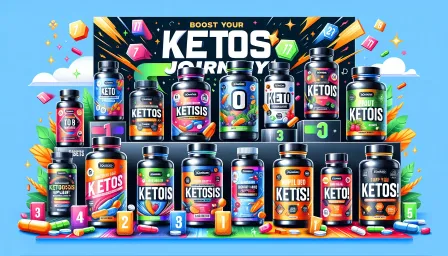Top 5 Accurate Calorie Counting Methods for Ultimate Health Goals

Discover the top 5 accurate calorie counting methods to achieve your ultimate health goals. Explore factually accurate and well-researched techniques for better health.
In today's fast-paced world, achieving health goals often involves monitoring what you eat, particularly how many calories you consume. Accurate calorie counting methods are essential for those striving for weight loss, muscle gain, or even maintaining a healthy lifestyle. This comprehensive guide will shed light on the top five accurate calorie counting methods to help you achieve your ultimate health goals.
1. Food Journals and Diaries
One of the most traditional yet effective methods for accurate calorie counting is maintaining a food journal or diary. This technique involves documenting everything you eat and drink throughout the day. By recording portion sizes and meal ingredients, you can keep a precise count of the calories consumed.
Benefits of Food Journals
- Helps identify eating patterns and triggers.
- Enhances mindfulness about food choices.
- Improves accountability and adherence to diet plans.
Challenges to Consider
- Time-consuming and requires discipline.
- Possibility of underestimating or overestimating portion sizes.
2. Mobile Apps
In the age of smartphones, mobile apps have revolutionized calorie counting. Apps like MyFitnessPal, Lose It!, and Cronometer offer extensive food databases, making it easier to log food intake accurately. These apps often allow scanning of food barcodes, simplifying the tracking process.
Advantages of Mobile Apps
- Convenient and user-friendly interface.
- Large food databases for precise calorie information.
- Real-time tracking and progress monitoring.
Potential Drawbacks
- Dependent on internet access and device battery.
- May require subscriptions for full features.
3. Nutrition Labels
Nutrition labels on packaged foods provide valuable information for calorie counting. Understanding how to read these labels can assist in calculating the calories per serving and controlling portion sizes effectively. Paying attention to the serving size and the number of servings per container is crucial for accuracy.
Benefits of Using Nutrition Labels
- Provides detailed nutritional information.
- Helps in making informed food choices.
- Accessible on most packaged foods.
Common Pitfalls
- Serving sizes can be confusing and misleading.
- Not applicable to fresh and unpackaged foods.
4. Kitchen Scales
For those seeking a more precise way to measure food intake, kitchen scales are indispensable. By weighing your food, you can determine the exact quantity and calculate calories more accurately than relying on estimations.
Advantages of Kitchen Scales
- Provides accurate measurements.
- Reduces the risk of portion size errors.
- Essential for detailed meal prep and recipes.
Considerations
- Initial investment cost in purchasing a scale.
- Requires time and effort to measure each meal.
5. Online Databases and Resources
Online databases and nutritional resources are excellent tools for those who prefer web-based information. Websites like USDA’s FoodData Central and the FDA’s Nutrient Database offer extensive nutritional information, helping you track calories accurately.
Perks of Online Databases
- Comprehensive and reliable nutritional data.
- Free access to a wide range of food information.
- Useful for both common and less-known foods.
Downsides
- May require time to search and navigate.
- Needs internet access for full functionality.
Conclusion
Accurate calorie counting methods are vital tools for achieving any health goal, whether it be weight loss, muscle gain, or maintaining a balanced diet. By incorporating methods such as food journals, mobile apps, nutrition labels, kitchen scales, and online databases, you can make well-informed choices about your dietary intake. While each method comes with its own set of advantages and challenges, understanding and choosing the right one for your lifestyle can bring you closer to your ultimate health goals.



























